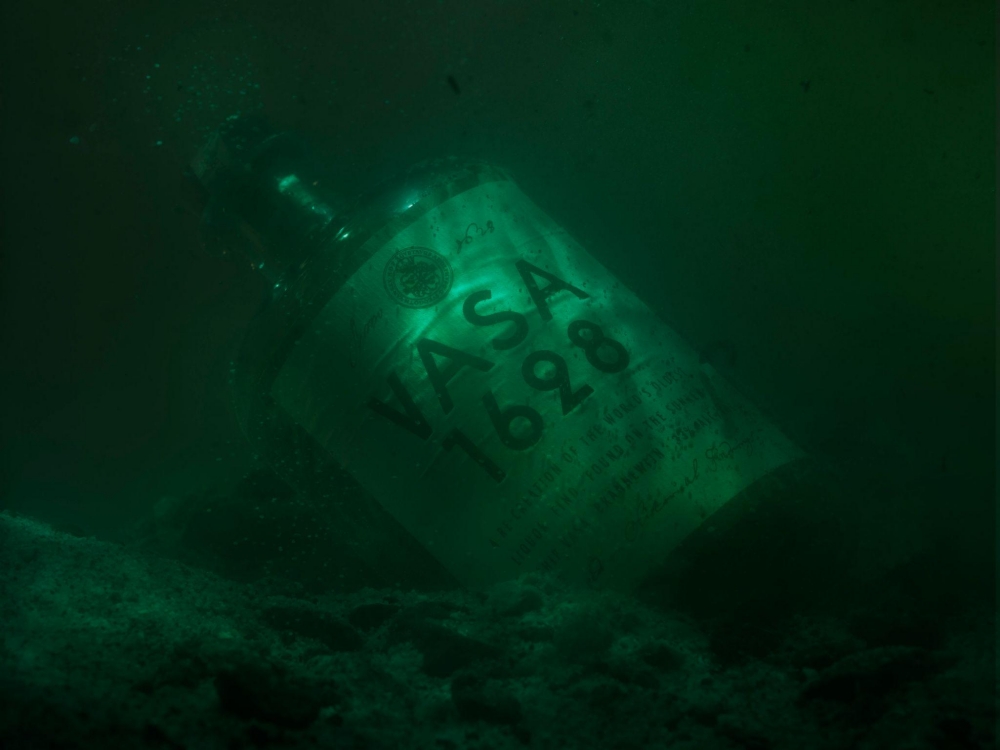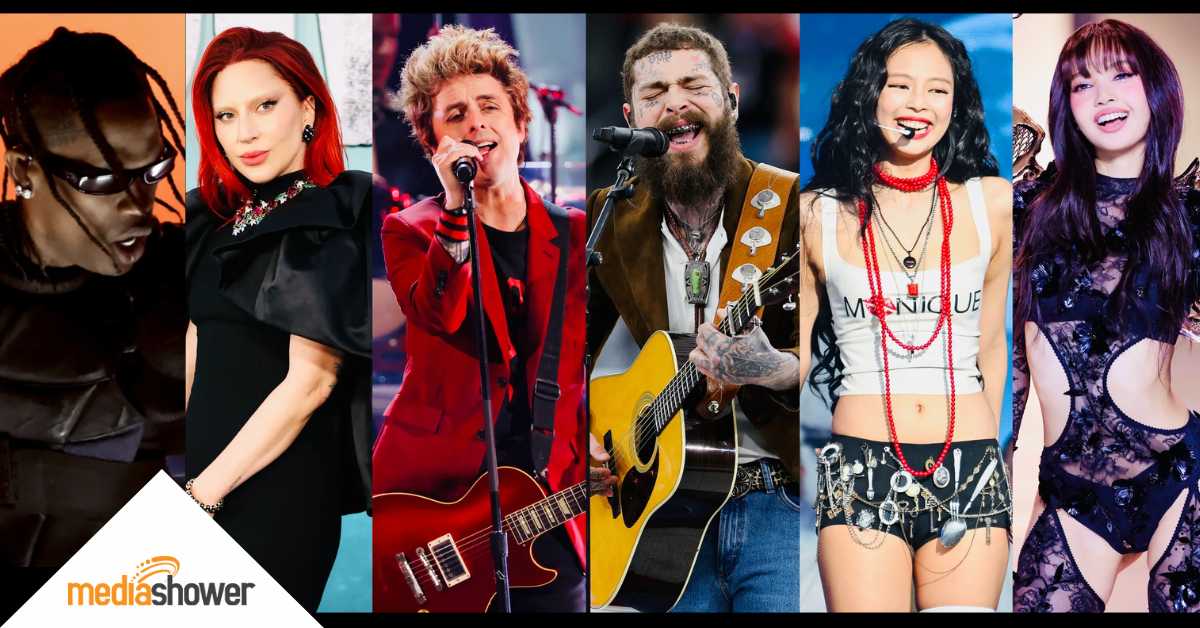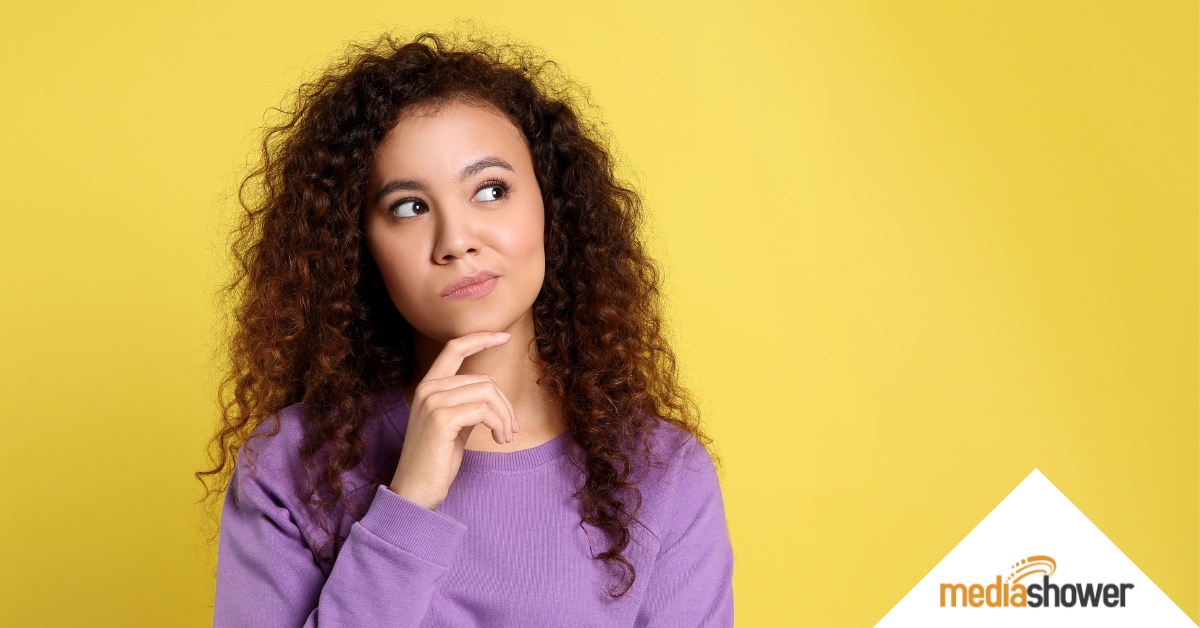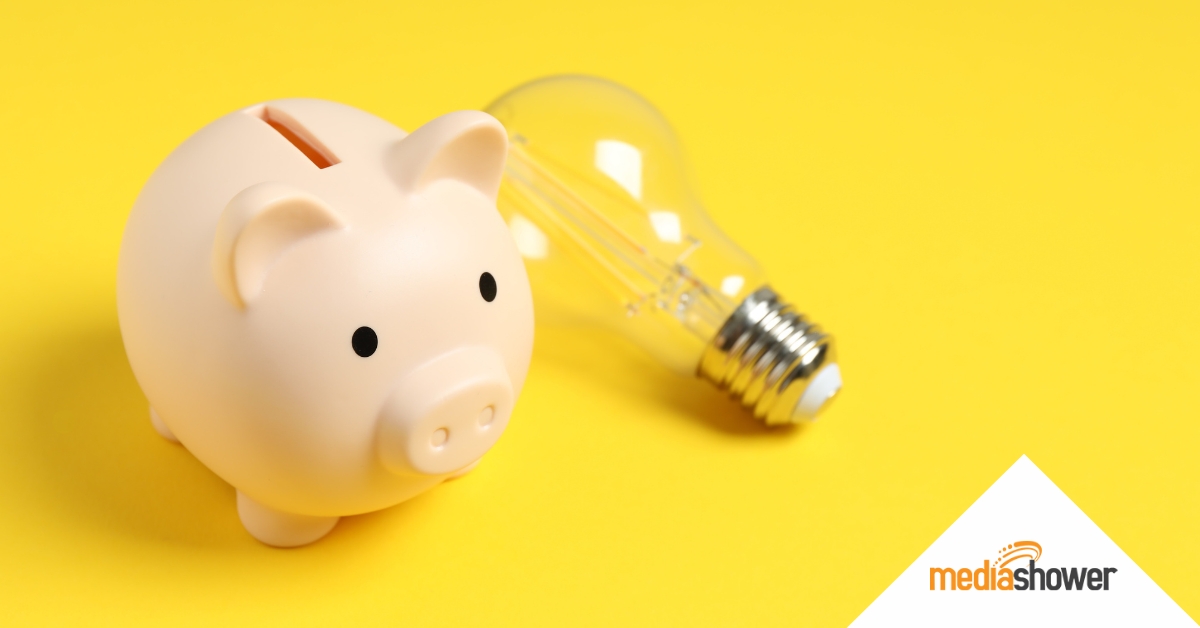
Every year, brands pour millions into Super Bowl-sized ads, with price tags that rival a Hollywood blockbuster.
And then there are the other campaigns.
We’re talking about the $4,500 videos that crash websites, the no-budget stunts that earn front-page headlines, the tiny sparks that catch fire and turn into cultural moments.
Some of the most iconic, high-impact campaigns were created without big budgets. They resulted from bold thinking, DIY grit, and an ability to connect with people.
What these campaigns lacked in money, they made up for with creativity, authenticity, and the courage to try something bold.
For every marketer who’s ever been told, “We can’t afford to go big,” you may not need to. These stories prove it.
Dollar Shave Club’s $4,500 masterstroke
In 2012, Michael Dubin stood in a warehouse, made a hilariously blunt video about razors, and changed marketing forever. That one-take, snark-laced video cost just $4,500 to produce.
In 48 hours, Dollar Shave Club collected 12,000 orders. Then their site crashed.
The company reinvented how razors were sold by going directly to the consumer. Then Unilever came knocking in 2016 with a $1 billion buyout. It was proof that a smart idea, delivered with personality and ingenuity, can carve out market share even in entrenched categories.
The lesson: You don’t need safe corporate-speak to make people care. You need clarity, personality, and timing.
Glossier’s secret sauce: real fans
Emily Weiss could have launched Glossier with big influencers or paid TV ads. Instead, she built a community first: blog readers, commenters, and early fans.
She asked them what they wanted in a beauty brand. Then she made it, and let them be the megaphone.
View this post on Instagram
In one month, Glossier pulled in over $10.9M in Media Impact Value, with more than $2.26M of that coming from their own social channels. It was mostly selfies and shelfies from everyday users.
The Blair Witch Project: myth over media buys
A few unknown filmmakers made a movie for $60,000, built a creepy website, planted fake news stories, and let internet rumors do the rest.
The result? Over $250 million in revenue.
It’s a reminder that buzz isn’t about ad spend. It’s about story and mystery.
Cards Against Humanity: no rules, all results
Whether they were selling literally nothing for $5 or raising prices on Black Friday, CAH’s campaigns broke every “best practice” and won hearts doing it.
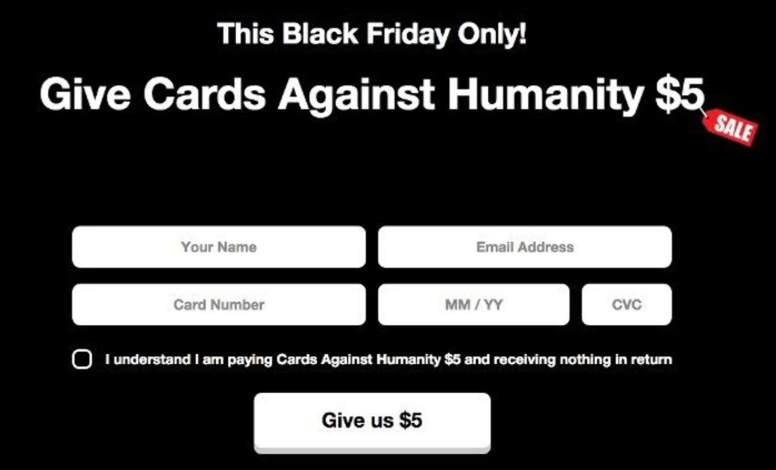
Source: HuffPost
People who bought the game also bought the attitude. The brand used irreverent and free‑thinking PR stunts rather than high‑cost advertising to build loyalty.
GoPro: The product becomes the marketing
Long before UGC was trendy, GoPro leaned all the way in. Their early growth came from real people capturing real moments.
Cliff jumps. Surf rides. Dog POVs. GoPro just made it easy to share and let the thrill speak for itself, no polished ads required.
Charlie’s Bar proves heart beats budgets
Charlie’s Bar, a small pub in Enniskillen, Northern Ireland, spent just £700 on a Christmas ad. Without celebrities or special effects, they delivered a simple, heartfelt story of loneliness, connection, and community.
The commercial struck a chord worldwide. It was viewed millions of times, shared across continents, and even drew international media coverage.
Smaller Brands, Even Smaller Budgets
Even today, small brands are proving that creativity still outperforms cash. Here are a few recent challengers doing exactly that.
Triton Hearing uses interactive quizzes to spark awareness
In New Zealand, Triton Hearing created a simple online audio quiz to test hearing health. Instead of heavy ad buys, they built a tool people wanted to use and share. It educated the audience and generated leads, all with minimal spend.

Source: CheckMyHearing
The takeaway: Give people something interactive and useful. They’ll reward you with engagement and trust.
American Diabetes Association surprises audiences with a playful hook.
The American Diabetes Association launched a campaign with the headline, “Puppies. A perfect way to spend a minute.” Viewers expecting fluff were instead guided into spending another minute calculating their risk of prediabetes.
That surprise got attention. And action.
The takeaway: Surprise works. A playful opening line can carry people into serious subjects.
Xplora wins trust through expert voices
Xplora, a children’s smartwatch company, focused on parents by publishing expert-led native content, including articles, videos, and guides. Rather than running large paid campaigns, they built trust through authority.
The takeaway: When people need reassurance, education beats hype.
Stronger makes leggings famous with repetition
Swedish athleisure brand Stronger invited micro-influencers to wear leggings for 24 hours straight and document the experience.
View this post on Instagram
Rather than invest in a single flashy campaign, the brand amplified a steady stream of authentic voices repeating the same message. Over time, it stuck.
The takeaway: Consistency and authenticity often beat scale.
1628 Brännewijn: History in a bottle
1628 was inspired by the legendary Vasaskeppet (Vasa)—a warship that famously sank on its maiden voyage in Stockholm Harbor in 1628.
During the recovery of the ship in the 20th century, salvage teams found a single bottle of alcohol that had been preserved for centuries.
Daniel Borg, Chief Blender at 1628 Brännewijn AB, analyzed the contents of the bottle and painstakingly recreated the liquor. He named it in honor of the ship and the year it sank.
The brand knew they had a great story and shared it through local media and native content. It connected deeply with Swedish heritage.
With authenticity and intrigue—rather than a big budget—they sparked national buzz and meaningful press across Sweden.
The Incredible Story of Sweden’s Vasa Warship
The takeaway: Grounding a campaign in authentic cultural history can inspire far-reaching engagement, no large spend required.
Innovative Elements
Each of these campaigns found fresh ways to win.
- Audience as collaborator. Most brands treat people as targets. But these examples invited them into the content, the conversation, and the product itself.
- Media mix mastery. Instead of blowing the budget on ads, they blended owned, earned, and micro-influencer content. This combo is cheaper and often more believable.
- Unexpected formats. The Blair Witch movie site wasn’t a trailer; it was a fictional backstory. Instead of an explainer, DSC did a monologue. Stronger ditched the product demo for a “day in leggings.” All surprising. All effective.
- Small budgets, sharp production. Even cheap videos can be tight. Good scripting, clear visuals, and confident delivery are all things you can control without a big checkbook.

Marketer’s Takeaways
A strong idea, told authentically, can do more than a million-dollar media buy. If you’re on a small team with a small budget, here’s your playbook.
- Start with a sharp idea. Choose the single message or emotion you want people to feel.
- Say what you mean, fast. Keep your value proposition sharp, short, and obvious.
- Talk like a human, not a brand. Humor, honesty, and heart beat buzzwords every time.
- Be bold enough to be weird. Surprise is memorable; familiarity is forgettable.
- Use what you have. A founder with a smartphone, loyal customers willing to share stories, or a local setting that feels real costs very little.
- Think beyond paid ads. Creative outlets like a tool, a quiz, a PR stunt, or a social challenge often cost less and stick longer.
- Test small and learn quickly. Run micro-campaigns, watch the data, and double down only on what moves.
- Keep it honest. Authentic campaigns work only if your product and service back them up.
- Emotions beat polish. A rough-cut video with a great joke will always beat a glossy ad nobody cares about.
- Community scales cheaply. Let your customers or micro-influencers carry your story.
Media Shower’s AI-powered platform helps teams create big campaigns on small budgets. Click here for a free trial.
